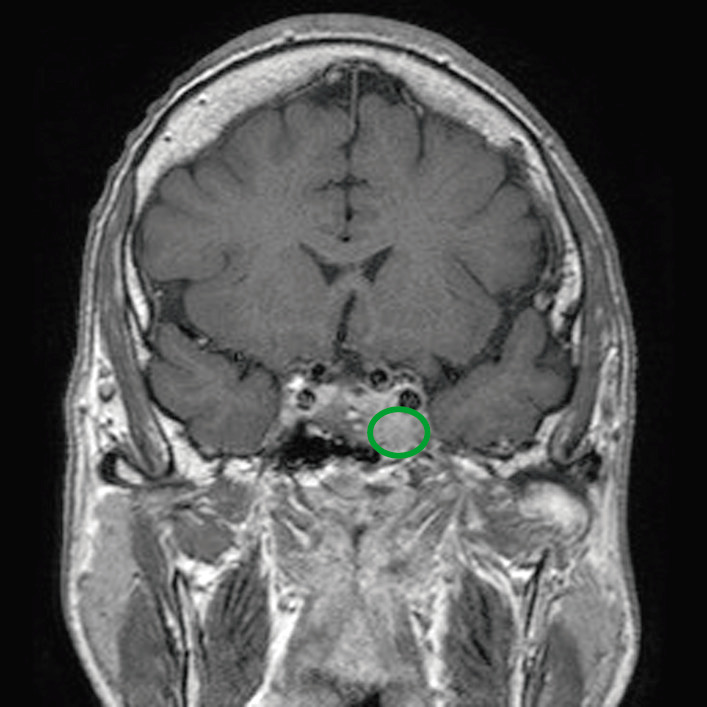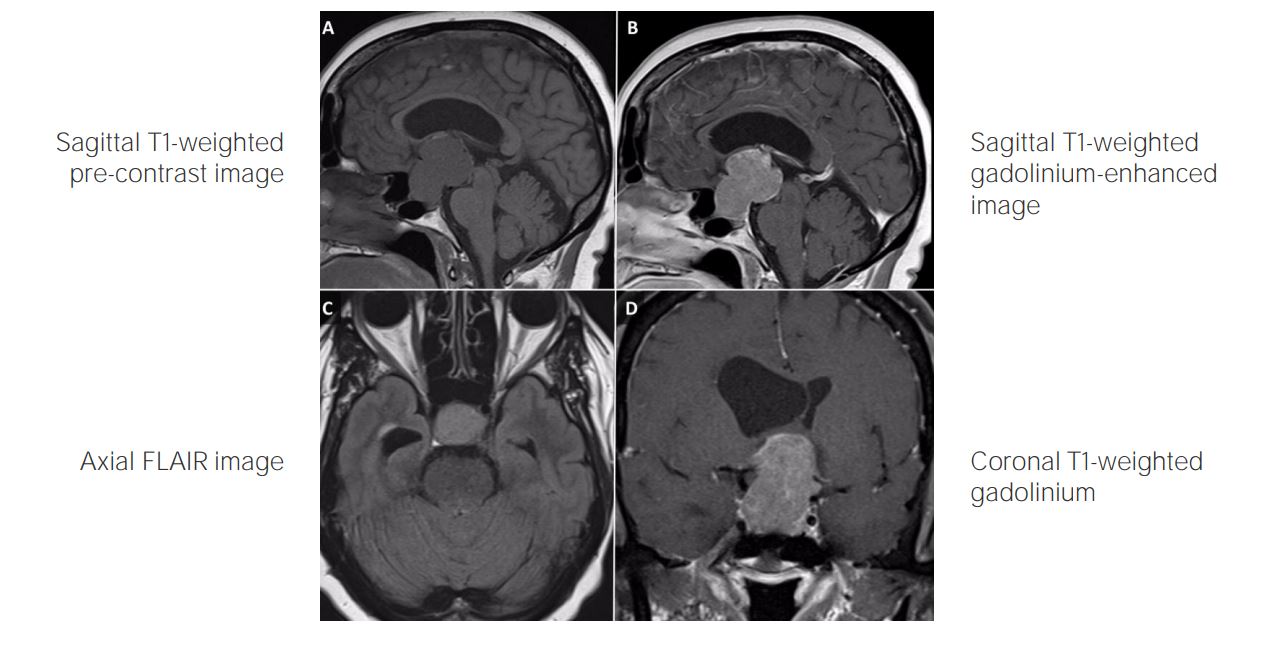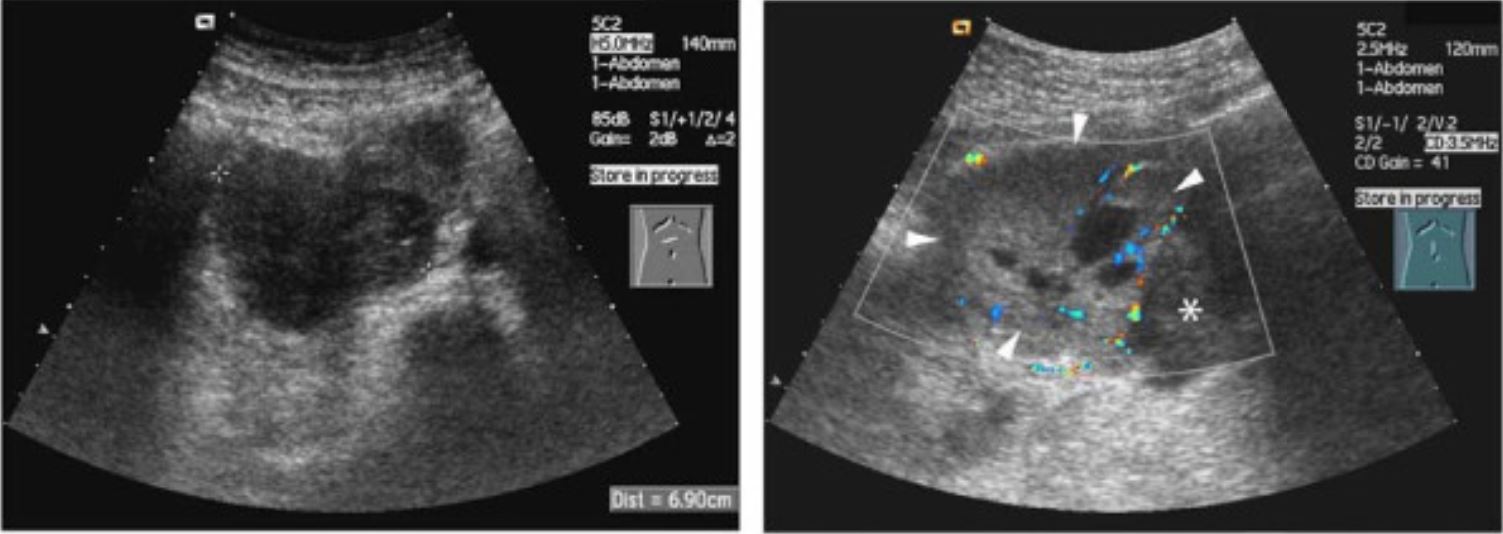Playlist
Show Playlist
Hide Playlist
Pituitary Tumors: Treatment
-
Strowd CNS Tumors Pituitary Adenoma.pdf
-
Download Lecture Overview
00:01 How do we treat pituitary tumors? Well, there's really two goals. 00:05 The first is to replace hormone function. 00:08 The second is to definitively treat the tumor. 00:11 And we're going to talk about how we balance each of those parts of treatment. 00:16 When we think about these tumors, many are benign. 00:19 The vast majority are benign tumors that may be observed on serial imaging and not grow at all or for many years. 00:26 Observation is the treatment that is recommended for asymptomatic patients. 00:30 Patients who don't have abnormal hormone testing on laboratory evaluation, or those with not concerning without concerning growth rate or growth pattern. 00:40 Lesions that are staying the same on serial imaging. 00:45 There are times when we need to consider surgery. 00:48 And typically we consider a transsphenoidal hypophysectomy, but we'll talk about some of the other approaches to surgery. 00:54 And this should be considered in patients who are symptomatic, or for other indications that we'll get into in just a minute. 01:00 And then the last tool in our toolbox to treat these patients is hormonal replacement therapy, or other types of hormonal treatment. 01:07 And this is critical, given the association of these tumors with both increased hormone function and reduced hormone function. 01:16 Let's talk a little bit more about surgery. 01:18 What are the indications for surgery for a patient with a pituitary lesion? Well, the first is symptomatic mass effect. 01:25 Big lesions that are pushing on the brain are not going to respond to observation or hormonal therapy and require a surgery. 01:33 Vision loss. Vision is critical. 01:35 And in patients who have lost vision, they're not going to recover that vision loss. 01:40 So it's important to recognize early vision loss and intervene quickly, for lesions that are expanding into the optic chiasm and resulting in vision loss. 01:50 The last is inability to achieve hormonal stability. 01:54 In lesions that are initially treated with hormonal therapy, if we can't get that under control, particularly for patients who have the potential for life threatening hormonal dysfunction, surgery is going to be the treatment of choice. 02:05 There are many approaches to surgery and I don't need you to know all of these except to know that we can do surgery in many different ways. 02:12 There is surgery through the nose, because what sits at the end of the nose is the area of the sella turcica, right above the the posterior nasal pharynx. 02:23 There's a pterional approach, subfrontal approach, and others. 02:26 And that surgeon is going to get to this area in the safest way possible. 02:29 In certain situations, surgery may not be safe or a surgery is performed and the tumor is incompletely resected. 02:37 In those situations, radiation can be another treatment option. 02:41 We talked about three types of radiation. 02:44 Focal radiation called stereotactic radiosurgery. 02:47 Partial brain radiation, and whole brain radiation. 02:50 And typically for tumors in the pituitary region, which again is in close proximity to important vital structures like the eye and vision. 02:59 We use focal radiation or stereotactic radiosurgery. 03:02 This is an excellent treatment for growing tumors that are symptomatic that cannot be removed with surgery or where the tumor is incompletely removed after a surgery. 03:13 Now, let's talk about hormonal therapy. 03:15 And this is the third arm of our treatment approach. 03:17 Observation, surgery, may be radiation, and hormonal therapy. 03:22 There are two reasons to give hormonal therapy. 03:24 The first is if there's inadequate hormone function and we need to replace hormone functioning that isn't there. 03:31 And the second is hormonal treatment to reduce tumor growth. 03:35 When we're thinking about promoting or replacing hormone function, it depends on the type of hormone that is insufficient. 03:43 We think of using prednisone and hydrocortisone for insufficient corticosteroid or steroids circulating steroid levels. 03:52 Levothyroxine is used to supplement inadequate thyroid function. 03:56 Growth hormone is considered for inadequate growth hormone function particularly in young children or adolescents prior to bone closure. 04:04 Testosterone and estrogen for men and women requiring gonadotrophin replacement. 04:11 And Desmopressin or DDAVP particularly when there is dysfunction of the posterior pituitary gland, and function and maintaining fluid balance, and dynamics. 04:23 We can also consider hormonal therapy to treat the tumor not just to replace a loss or insufficient hormone production, but to reduce and shrink tumor size. 04:32 And we consider this in tumors that are hormone secreting. 04:36 Prolactinomas can be treated with dopamine agonists because dopamine neurons inhibit the production of prolactin. 04:44 And for those tumors, we consider agents like bromocriptine and cabergoline like for our patient at the beginning of this lecture. 04:52 For growth hormone-secreting tumors, we think of octreotide or pegvisomant as agents that can help treat those tumors. 04:59 And for Cushing's disease or tumors that secrete too much ACTH, one agent is pasireotide. 05:07 So hormonal treatment is also an important arm for managing pituitary tumors, which is different from some of the other brain tumors that we've discussed.
About the Lecture
The lecture Pituitary Tumors: Treatment by Roy Strowd, MD is from the course CNS Tumors.
Included Quiz Questions
Which of the following is a complication of pituitary tumors that might require hormone replacement?
- Diabetes insipidus
- Diabetes mellitus
- Syndrome of inappropriate antidiuretic hormone secretion (SIADH)
- Sheehan's syndrome
- Pituitary apoplexy
Which of the following is a hormonal therapy that might be required when treating a patient with a pituitary tumor?
- Hydrocortisone
- GnRH
- Neuropeptide-Y
- Progesterone
- TRH
Which of the following is a treatment for Cushing's disease?
- Pasireotide
- Bromocriptine
- Cabergoline
- Octreotide
- Pegvisomant
Customer reviews
5,0 of 5 stars
| 5 Stars |
|
5 |
| 4 Stars |
|
0 |
| 3 Stars |
|
0 |
| 2 Stars |
|
0 |
| 1 Star |
|
0 |






